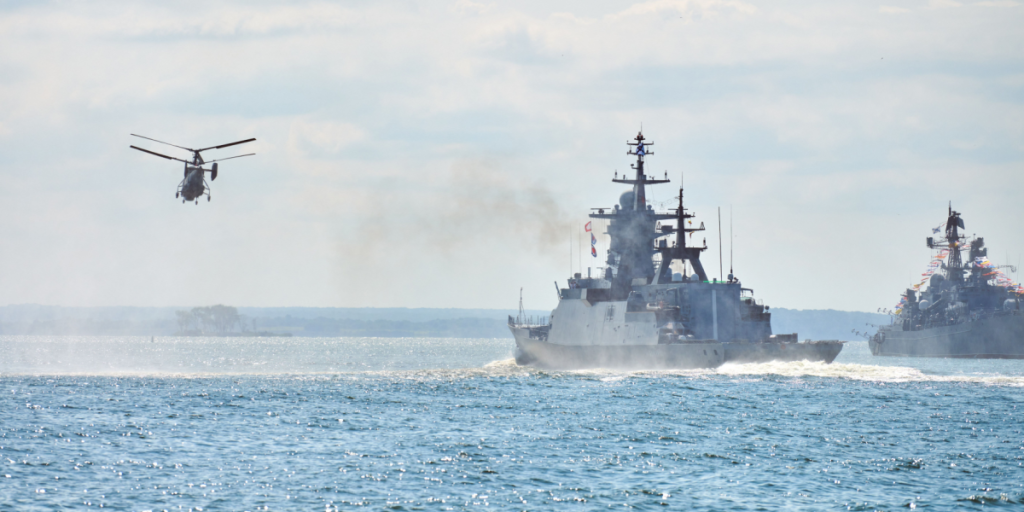Denmark’s Defense Intelligence Service (DDIS) has issued a warning.
Others are reading now
Denmark’s defense intelligence agency says Russian drone incursions and naval maneuvers are testing NATO’s defenses in the Baltic.
Rising tension in the Baltic
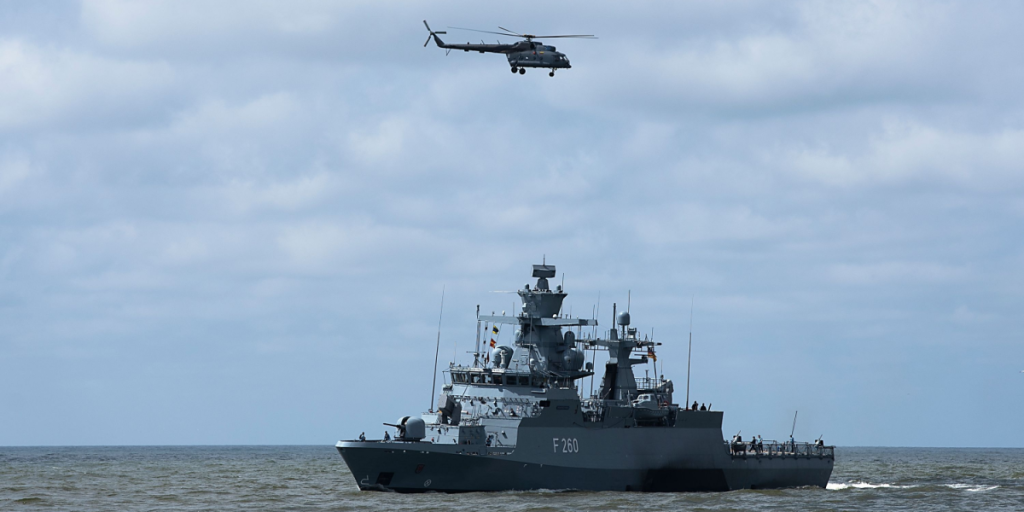
Denmark’s Defense Intelligence Service (DDIS) has issued a warning about what it calls “persistent sub-threshold pressure” from Russia in the Danish Straits.
According to Army Recognition and United24 Media on Oct. 4, Moscow appears to be stepping up gray-zone operations involving drones and warships near the straits, a critical artery for allied trade, energy routes and undersea infrastructure.
Gray-zone tactics

During an Oct. 3 briefing in Copenhagen, Danish officials said Russia has been combining drone incursions near airports with provocative naval maneuvers that fall short of direct confrontation.
The goal, they warned, seems to be testing NATO’s response times and situational awareness.
Also read
The DDIS also cited “radar lock-on” incidents — when targeting systems momentarily fix on allied ships or aircraft — as a sign of deliberate provocation designed to unsettle regional forces without crossing into open conflict.
A strategic chokepoint for Europe

The Danish Straits — consisting of the Great Belt, the Little Belt and the Øresund — form one of Europe’s most important maritime corridors. Nearly all naval traffic between Russia’s Baltic ports and the Atlantic passes through them, giving the area immense military and economic significance.
NATO presence in the region
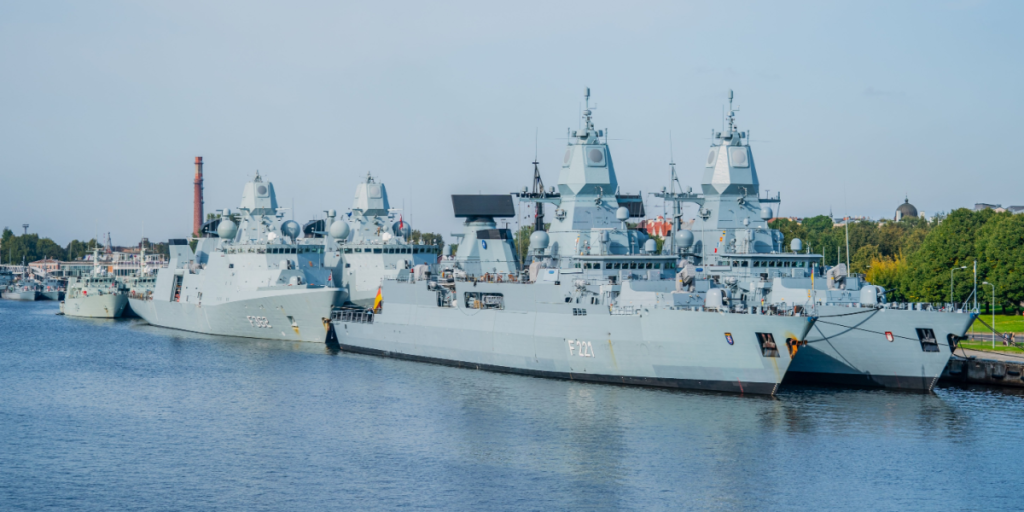
To deter aggression and maintain situational control, Danish, German and U.S. naval forces are currently active in the area under NATO’s Baltic Sentry and Neptune Strike frameworks.
These operations coordinate regional surveillance, intelligence sharing and rapid-response capabilities.
Denmark’s Iver Huitfeldt-class frigates

Denmark’s Iver Huitfeldt-class frigates — such as HDMS Niels Juel — play a central role in air defense.
Also read
They are equipped with SM-2 and Evolved Sea Sparrow (ESSM) interceptors housed in Mk 41 launchers, supported by 76- and 35-millimeter guns.
The ships integrate with NATO’s joint data networks, providing layered missile and drone defense against fast, low-altitude threats.
Germany’s Sachsen-class

Germany’s Sachsen-class frigates, including FGS Hamburg, complement the mission with SMART-L radar and SM-2 interceptors capable of engaging multiple aerial targets at once.
Their systems are optimized for simultaneous tracking and interception, reinforcing NATO’s defense envelope across the straits.
U.S. Aegis destroyer extends reach
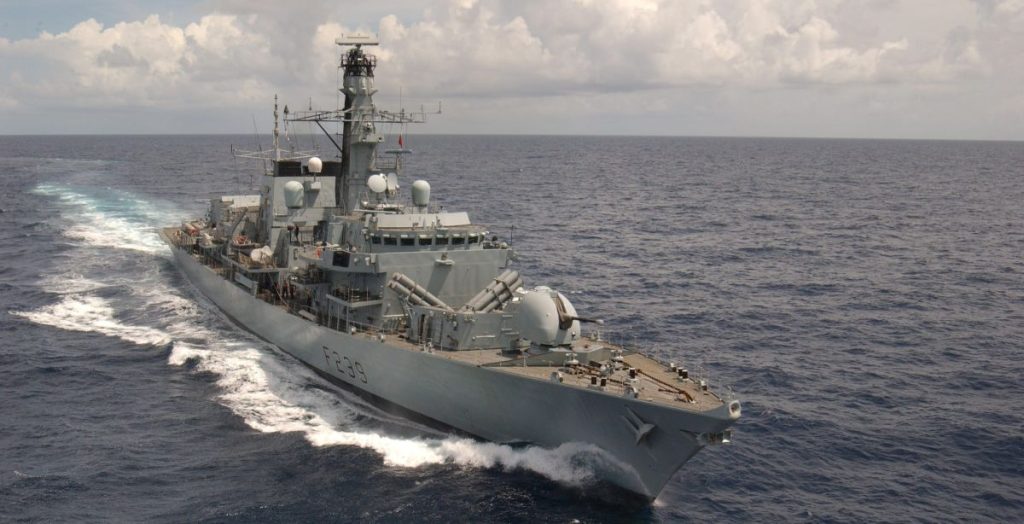
The U.S. Navy’s USS Bulkeley, an Arleigh Burke-class destroyer deployed to the Baltic Sentry mission, adds deep-layered defense with its Aegis combat system and 96-cell Mk 41 launcher array.
Also read
Two embarked MH-60R Seahawk helicopters extend detection capabilities for both surface and subsurface threats, including drones and small craft.
Persistent provocations, cautious responses
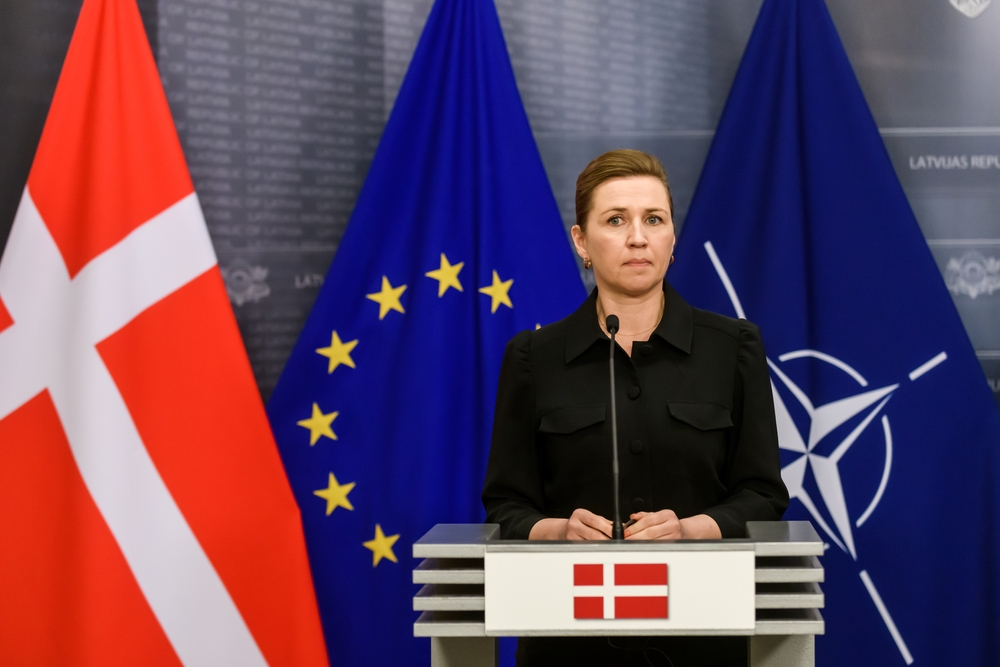
DDIS officials said NATO forces will continue monitoring Russian activity closely but stressed the importance of avoiding escalation. For now,

